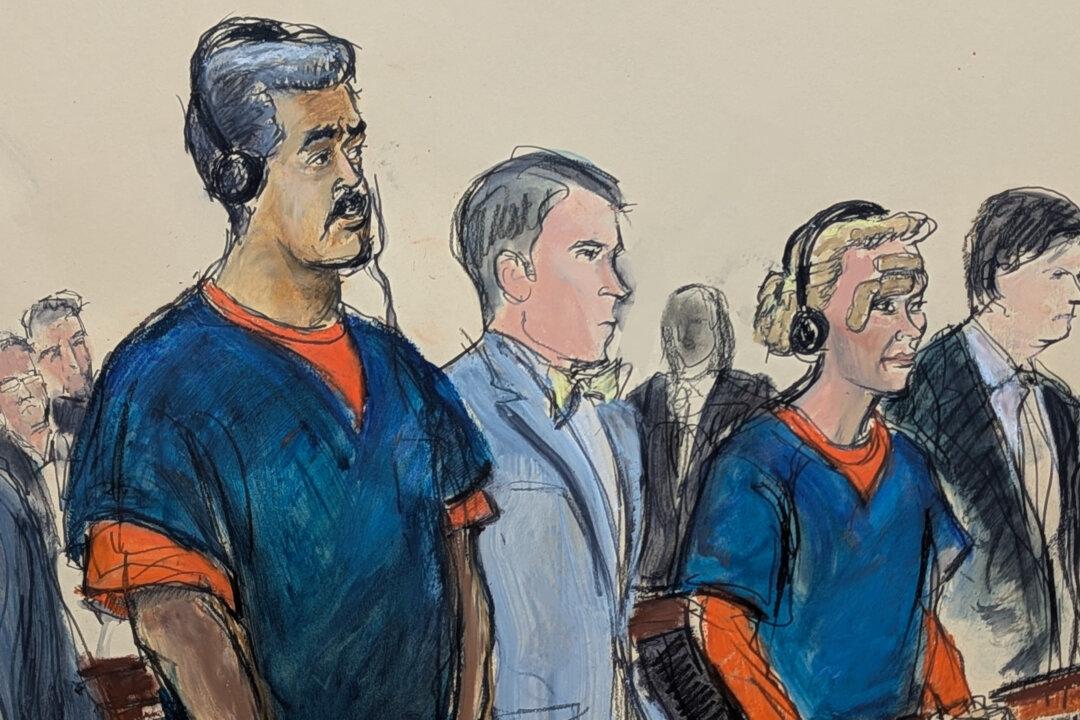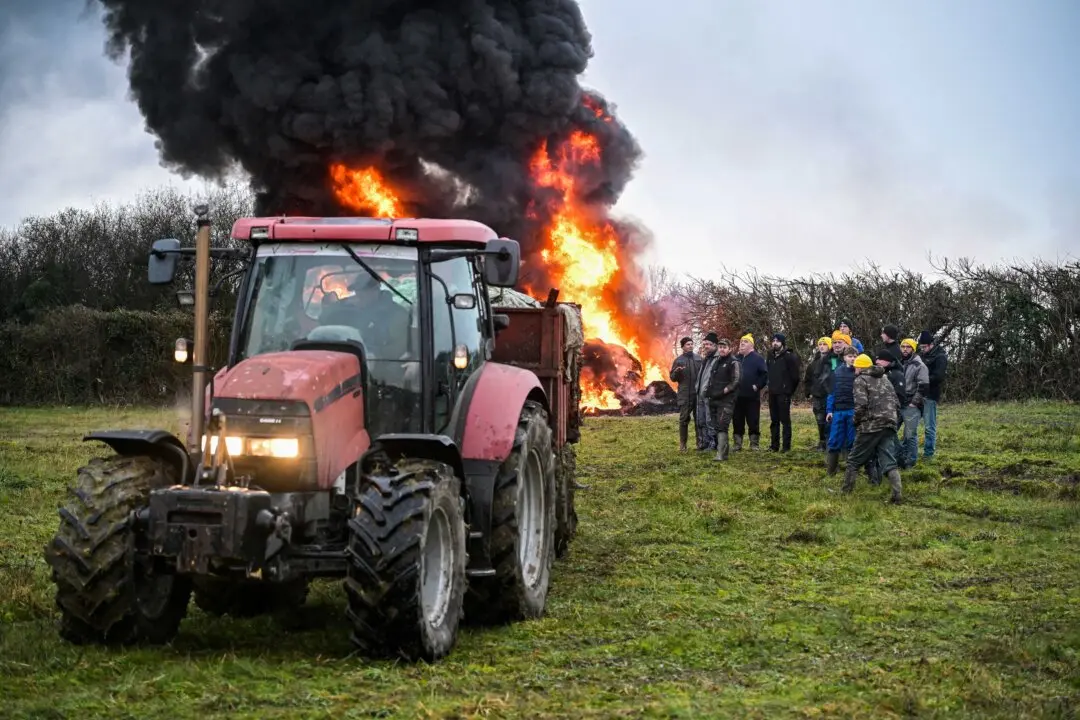Months into the pandemic, uncertainty reigns. The reality is, humanity has survived epidemic disease countless times, and of far deadlier magnitude. But we cannot survive this one if we lose our humanity, according to a new film by NTD Television.
The new documentary, “When the Plague Arrives,” looks at plagues in the context of the story of humanity, to see where it really stands. The documentary premieres online on July 12.





